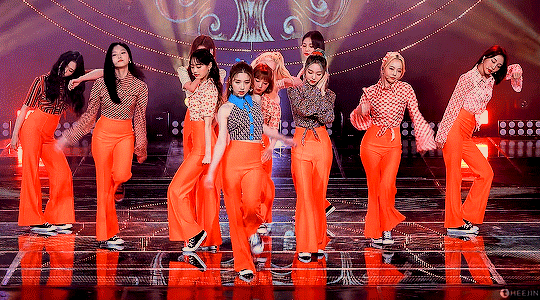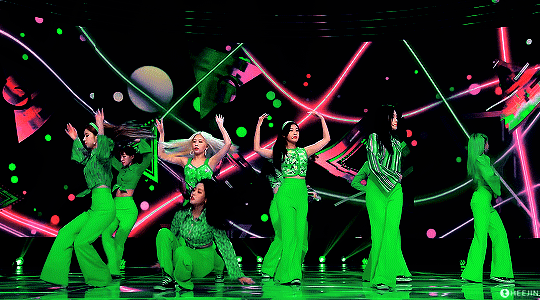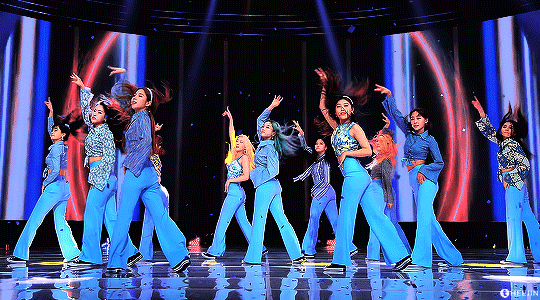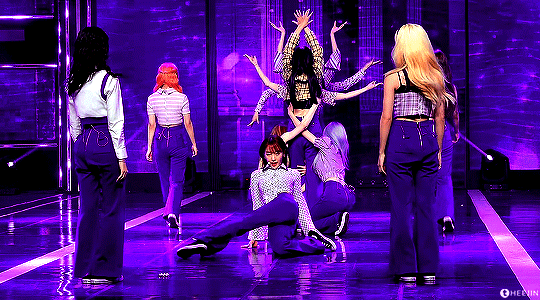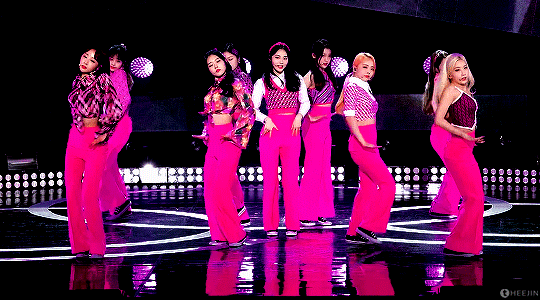stan heejin hyunjin haseul yeojin vivi kim lip jinsoul choerry yves chuu go won & olivia hye
Don't wanna be here? Send us removal request.
Text




i'm not back into animal crossing, but i'm not not back into it LOL i had to update this room though. i think i'm pretty happy with it for now
398 notes
·
View notes
Text


a sweet little home in the woods for the able sisters 🌱
151 notes
·
View notes
Text




LOONA 1/3 for LOONA season's greetings 2022
141 notes
·
View notes
Photo





LOOΠΔ’s debut stage intro
180823 ( #3yearswithLOONA )
744 notes
·
View notes
Photo

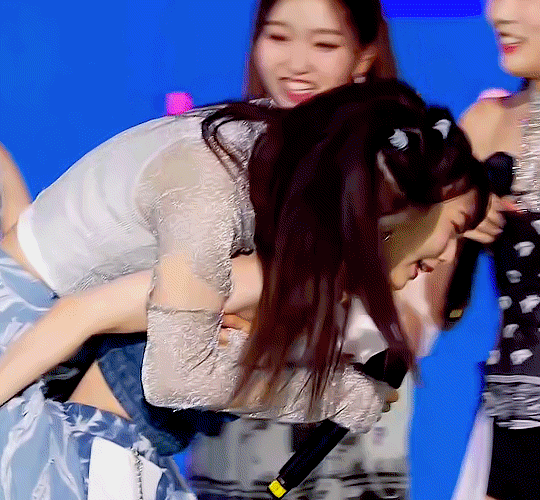


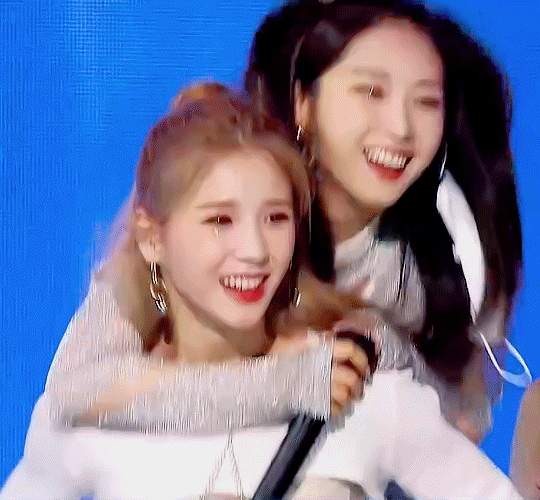
HAPPY FIRST WIN HASEUL!
#PTTFirstWin #LOONA2ndWin
879 notes
·
View notes
Text
It is arguably true that the manufacturing system of the S.M. Entertainment has globalized Girls’ Generation performances. The members are trained in foreign languages (English, Japanese, and Chinese, etc.) to be able to release their songs overseas. Since language is one of the most important processes of cultural and social assimilation and identity formation, the group’s fluency in English “makes it feel less ‘foreign’ to [Americans]” when performing in the United States. Such globalization refers to any product intended for the global market, but is carefully customized to suit each local context. As described here, Girls’ Generation localizes their performances by modifying lyrics and performing in the hyper-girlish–feminine style. The local Korean context is already globalized and hybridized as the local/global boundaries become more fluid. Thus, when K-pop globalizes its product and style, it transgresses the local/global and indigenousness/Western binary. Similarly, as womanhood has historically been haunted by white womanhood (white, heterosexual, upper class, and slim), the gendered and racialized bodies of Girls’ Generation are probably viewed as a postcolonial mimicry well haunted by the concept of white womanhood. Yet, Girls’ Generation neither solely represents white womanhood nor oriental women in its representation of race, gender, and sexuality. The hybridity of K-pop reveals “re/adaptation, re/indigenization, and re/formation of the global cultural hegemony.”
[…] The stereotype of an Orient woman has been perpetuated in the mainstream US media in which an Asian female often takes on the role of a sexual, exotic, and subservient subject. Orient female dancers are triply marginalized in the West, not only because of the implicit sexual degradation directed toward dance, but also because of the Oriental sexual fantasies that portray them as “prostitutes, whores, bar girls, [and] strippers.” This interconnectedness of race, gender, and class seems to be based on a Western-centered white/nonwhite dichotomy. Within this rigid representation system, one is less likely to read of or sense any fluid race and gender performance that rests outside this paradigm.
Girls’ Generation creates a performance that cannot be read within this Western-centered racial paradigm. They are gendered in hyper girlish–feminine ways by localizing their femininity and masculinizing Korean men in the Korean context. However, they are not racialized enough and thereby less sexualized in the West in terms of their performing persona, body types, and racial traits. First, that persona opposes the hypersexualized Oriental woman stereotype in the United States. “The Boys” creates a graceful performance through ballet movements, Victorian-style costumes, and haughty facial expressions that do not smile, which Foster calls an “elegant spectacle.” Girls’ Generation’s elegant and chaste persona differs from the stereotypically racialized exotic Otherness that is the hypersexualized Asian female figures found in US pop culture. Moreover, although people of color are often conflated as being in a stigmatized lower class, Girls’ Generation’s extremely slim bodies connote instead an upward mobility. In Western society, fatness is often stigmatized compared to the idealized young, thin, and slim body. Many viewers on YouTube and Yahoo! are jealous of Girls’ Generation’s slim bodies and ask how they can get such slim legs. In the gaze of a Western audience, the thin bodies of Girls’ Generation likely fit the “hegemony of the fat-free body” that denotes a sign of the upper class. Their fat-free bodies potentially reject the racial triangulation found in the West that, as proposed by Claire Jean Kim, always relegates Asians to an inferior position to whites.
The Politics of the Dancing Body: Racialized and Gendered Femininity in K-pop by Chuyun Oh
16 notes
·
View notes
Text

eugene’s home!! 💛 i think if i ever decide to start a new island, i’d definitely do more tiny rivers like this
ig @ pcrossing
619 notes
·
View notes







